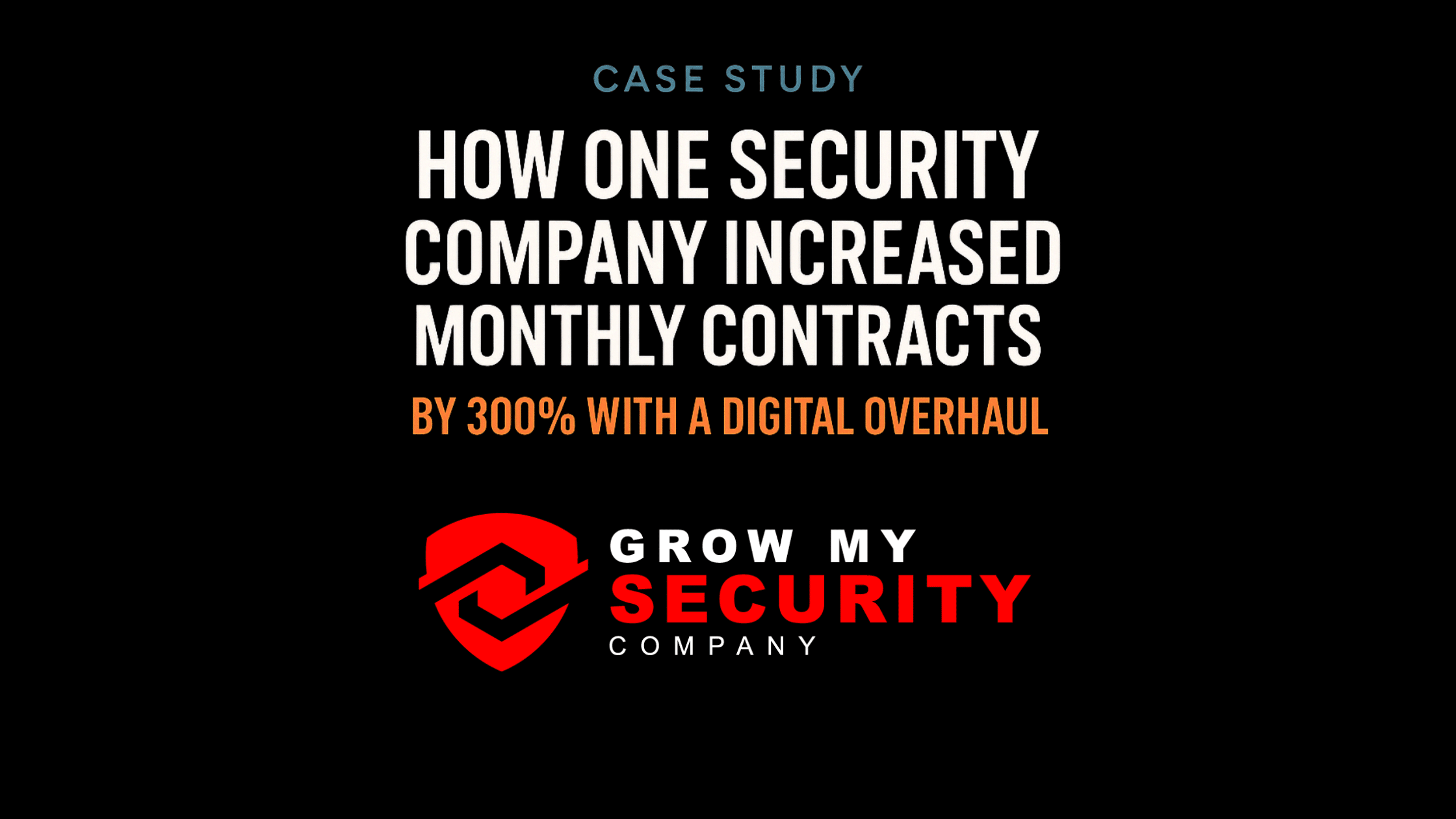In today’s digital landscape, businesses are constantly seeking effective strategies to enhance their online presence and reach their target audience efficiently. Two of the most powerful tools at their disposal are Search Engine Optimization (SEO) and paid advertising (paid ads). Both strategies have their unique advantages and limitations, and the choice between them often sparks lively debates among marketers and business owners. This article aims to delve into the similarities and differences between SEO and paid ads, helping you make an informed decision for your business.
What Is SEO?
SEO is the art and science of optimizing your website and content to rank higher in organic search engine results. It involves various techniques and practices, including keyword research, content creation, link building, and technical website optimization. The goal of SEO is to improve visibility and drive more organic (unpaid) traffic to your website.
What Are Paid Ads?
Paid ads, on the other hand, refer to the practice of paying for advertising space to promote your business or products. This can include pay-per-click (PPC) advertising, display ads, social media ads, and more. With paid ads, you essentially buy visibility for your business on search engines, social media platforms, and other websites.
Similarities between SEO and Paid Ads
- Objective: Both SEO and paid ads aim to increase visibility and drive traffic to your website, albeit through different methods.
- Target Audience: Both strategies require a deep understanding of your target audience to be effective. Knowing your audience’s preferences, behaviors, and search patterns is crucial for optimizing your SEO efforts and crafting compelling ad campaigns.
- Keywords: Keywords play a significant role in both SEO and paid ads. Identifying and targeting the right keywords is essential for appearing in relevant search results and ensuring your ads reach the intended audience.
Differences between SEO and Paid Ads
- Cost: SEO is often seen as a cost-effective strategy in the long run since it focuses on earning organic traffic. Although it requires an initial investment in content creation and optimization, it doesn’t involve the ongoing costs associated with running ad campaigns. In contrast, paid ads require a continuous budget, as visibility stops as soon as you stop paying.
- Timeframe for Results: Paid ads can provide immediate results, making them an excellent option for businesses looking for a quick visibility boost. SEO, however, is a long-term strategy. It can take months to see significant improvements in your organic search rankings.
- Sustainability: The benefits of SEO tend to be more sustainable over time. Once your website ranks high in search results, it can maintain its position with consistent optimization efforts. Paid ads, however, offer temporary visibility, with traffic ceasing once the campaign ends.
- Trust and Credibility: Organic search results often carry more trust and credibility with users than paid advertisements. People tend to trust websites that rank high in organic search results, as they are perceived as more authoritative and relevant.
Combining SEO and Paid Ads for Maximum Impact
While the debate between SEO and paid ads is ongoing, the most successful digital marketing strategies often involve a combination of both. Using SEO and paid ads in tandem can maximize your online visibility, attract a broader audience, and capitalize on the immediate impact of paid ads while building a sustainable organic presence with SEO.
For instance, you can use paid ads to drive immediate traffic to your website while working on your SEO to build organic rankings. This dual approach ensures that you’re not putting all your eggs in one basket and leverages the strengths of both strategies.
Conclusion
Deciding between SEO and paid ads depends on your business goals, budget, and timeline. If you’re looking for long-term success and have the patience to invest in SEO, it can provide substantial organic growth and credibility. On the other hand, paid ads offer a fast track to visibility and can be particularly useful for short-term campaigns or to complement your ongoing SEO efforts.
Ultimately, understanding the similarities and differences between these two strategies enables you to make informed decisions that align with your business objectives. By carefully evaluating your needs and market dynamics, you can effectively leverage SEO, paid ads, or a combination of both to achieve your digital marketing goals.







